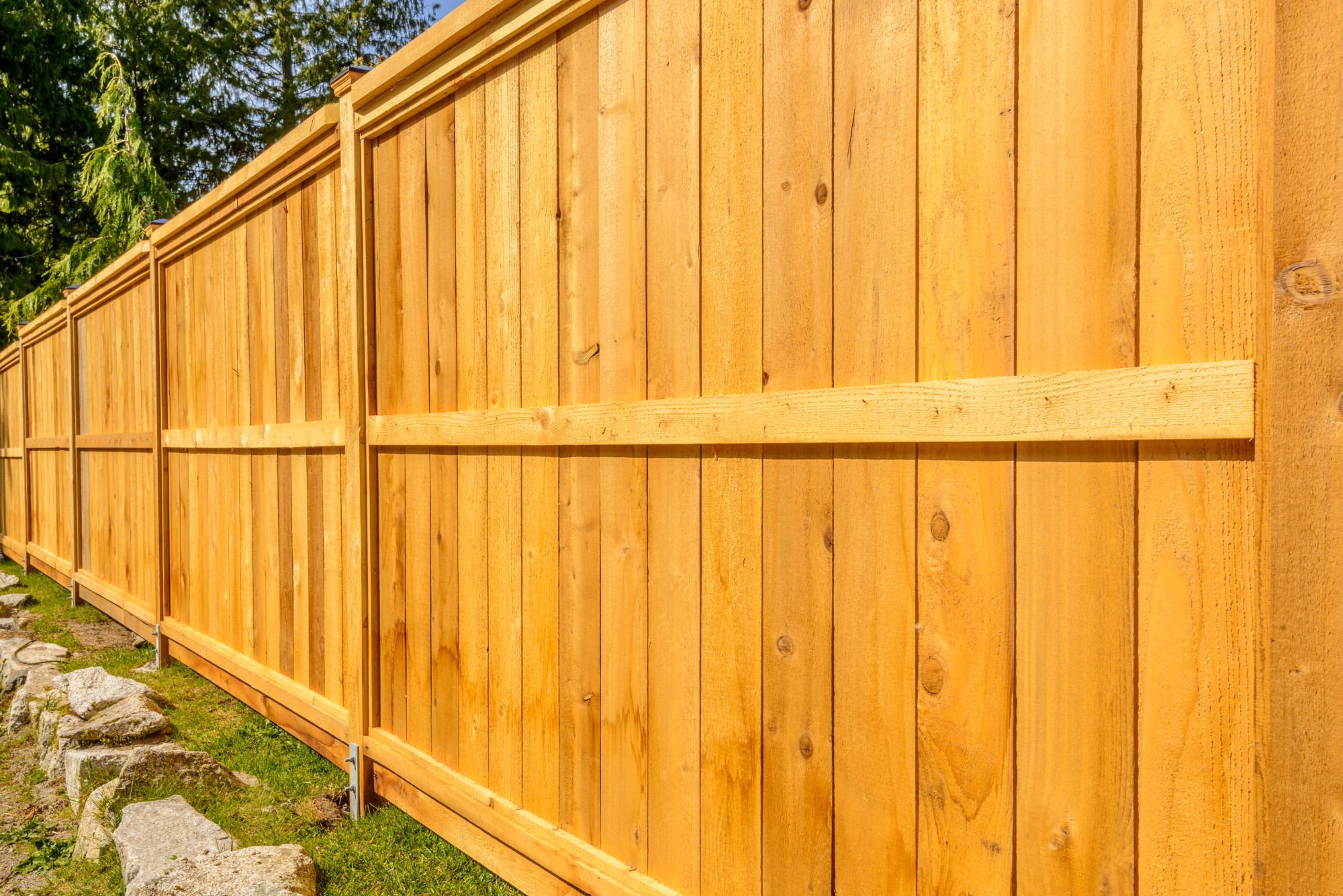When it comes to fencing for your home, there are many different options to choose from. Each type of fence has its benefits and drawbacks, so it’s important to know what each one is before deciding. In this blog post, we’ll take a look at the different types of fences and how to choose the right one for your needs. We’ll also discuss the Fence Installation Anchorage AK process so you can make an informed decision. Let’s get started!
Wood Fences
The most popular type of fence is the wood fence. Wood fences are classic and can be used for various purposes, from privacy to decoration. Wood fences are also relatively easy to install, which is one of the reasons they’re so popular. However, wood fences require some maintenance, such as regular staining or painting, to keep them looking their best. They can also be subject to damage from weather and insects.
Installing a wood fence is a fairly straightforward process that any experienced DIYer can handle. However, there are a few things to keep in mind before starting. Take a look at these factors:
- It’s essential to choose the right type of wood for your fence. Cedar and redwood are popular choices because they’re naturally resistant to rot and insect damage.
- You’ll need to ensure the posts are correctly spaced and level before attaching the pickets. Once the posts are in place, you can attach the pickets using either nails or screws. Use rust-resistant fasteners to prevent the fence from deteriorating over time.
- Apply a sealant or stain to help protect the wood from the elements. With care and attention, your new wood fence will provide years of beauty and function.
Overall, wood fences are a great option if you’re looking for something classic and stylish.
Vinyl Fence
Vinyl fences are made from PVC plastic and are designed to look like wood. They’re also low maintenance, as they don’t require any painting or staining. Vinyl fences are available in various colors and styles, making them a versatile option for any home. However, they can be more expensive than other fence options.
Vinyl fencing is a popular choice for many homeowners because it is durable and easy to maintain. The first step in installing a vinyl fence is to mark the locations of the posts. Once the posts are in place, you will need to attach the rails to the posts. The next step is to install the pickets. Pickets come in pre-assembled sections, so you need to line them up and attach them to the rails. Finally, you will need to install the caps on the posts and secure the pickets at the bottom of the fence. The entire process should take about four hours to complete.
Chain Link Fence
A chain-link fence is one of the most affordable fence options. It’s also low maintenance, as it doesn’t require any painting or staining. Chain link fences are made from galvanized steel wire woven into a mesh. They’re typically used for commercial applications but can also be used in residential settings. One downside of chain link fences is that they’re not very private.
The Chain Link Fence installation process is relatively simple and can be completed in a few hours with essential tools. Here are a few simple steps to complete the installation:
- First, the posts must be installed. These can be metal or wood and should be set at least two feet into the ground for stability.
- Next, the rails must be attached to the posts. These can be either horizontal or vertical, depending on the desired look of the fence.
- Finally, the chain-link itself is attached to the rails. This can be done with either clips or zip ties. Once all components are in place, the fence is ready to use.
Aluminum Fence
Fences serve many purposes. They can provide privacy, security, and protection from the elements. Fences can also be a stylish addition to any home or business. When choosing a fence material, aluminum is an increasingly popular option. Unlike wood or chain-link, aluminum fences are virtually maintenance-free. They’re also durable and withstand the elements well. If you’re considering an aluminum fence for your home or business, look at the installation process.
First, the posts for your aluminum fence will be set in concrete. Once the posts are in place, the panels can be attached. The panels are typically interlocking, so they fit together snugly without welding. Finally, the rails are attached to the top of the panels to complete the fence. Because aluminum is such a light material, installation is generally quicker and easier than with other types of fences. And because there’s no need to paint or stain aluminum fences, they’ll keep their good looks for years to come with little effort on your part.

